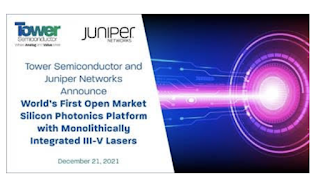American Tower completed its previously announced acquisition of CoreSite Realty Corporation.
Tom Bartlett, American Tower’s Chief Executive Officer stated, “We are thrilled to welcome CoreSite’s exceptional team to American Tower and are ready to work together to create long-term shareholder value. As 5G deployments and wireless and wireline convergence accelerate, we expect to leverage CoreSite’s highly interconnected data center facilities and critical cloud on-ramps to drive strong, consistent, recurring growth while enhancing the value of our existing tower real estate through emerging edge compute opportunities.”
American Tower to buy CoreSite for $10B
American Tower agreed to acquire CoreSite for $170.00 per share in cash, an enterprise value of $10.1 billion when including the assumption and/or repayment of CoreSite’s existing debt.
CoreSite, which as of Q3 2021 consisted of 25 data centers, 21 cloud on-ramps and over 32,000 interconnections in eight major U.S. markets, generated annualized revenue and Adjusted EBITDA of $655 million and $343 million, respectively, in Q3 2021. CoreSite has averaged double-digit annual revenue growth over the past five years.
American Tower said it expects to leverage its strong financial position to further accelerate CoreSite’s attractive development pipeline in the U.S., while also evaluating the potential for international expansion in the data center space. The acquisition is also expected to be transformative for American Tower’s mobile edge compute business in advance of the proliferation of 5G low-latency applications throughout the cloud, enterprise and network ecosystems, establishing a converged communications and computing infrastructure offering with distributed points of presence across multiple edge layers.
American Tower intends to finance the transaction in a manner consistent with maintaining its investment grade credit rating and has obtained committed financing from J.P. Morgan.





































